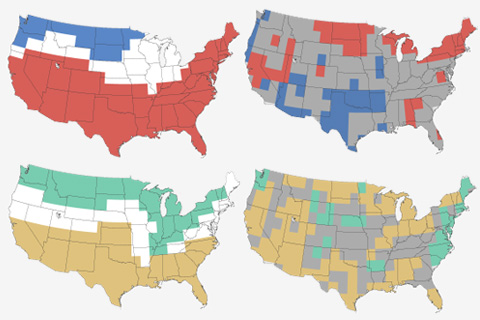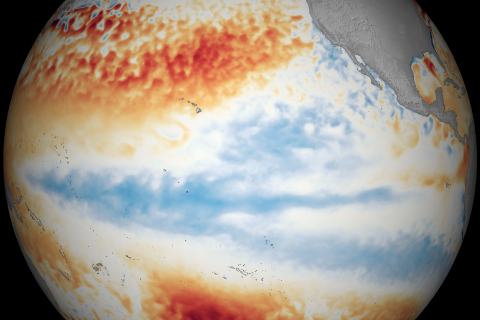
Researchers with the Pacific Northwest Climate Impacts Research Consortium (CIRC) have projected widespread increases in flood magnitude throughout the Columbia River Basin in a warmer climate. By 2050, much of the Pacific Northwest could experience increased flood magnitudes. The webinar associated with this study, recorded March 5, 2021, is now available online.

On March 15, 2021, the Great Lakes Integrated Sciences and Assessments (GLISA), published new guidance, “A Practitioner’s Guide to Climate Model Scenarios.” The guide summarizes differences between the scenarios for the Great Lakes region to show how the choice of model scenario affects future temperature and precipitation projections.

Severe storms might seem like great equalizers, but coastal flooding doesn’t affect everyone the same way. A new study in Climatic Change highlights the factors that make some people in the storm’s path more vulnerable.

Drought frequently strikes the U.S. Southern Plains, so understanding how drought affects water availability has significant economic benefits. But modeling water availability is challenging because so many physical processes must be considered. A new study examines how a frequently used model compares with observations.

Spring means only one thing at the ENSO Blog: it's time to verify the Winter Outlook! So how did things turn out? Read on to find out.

Changes foreshadow impacts on lake ecosystems and fisheries.

La Niña weakened through February, and a transition to neutral is likely in the late spring.
